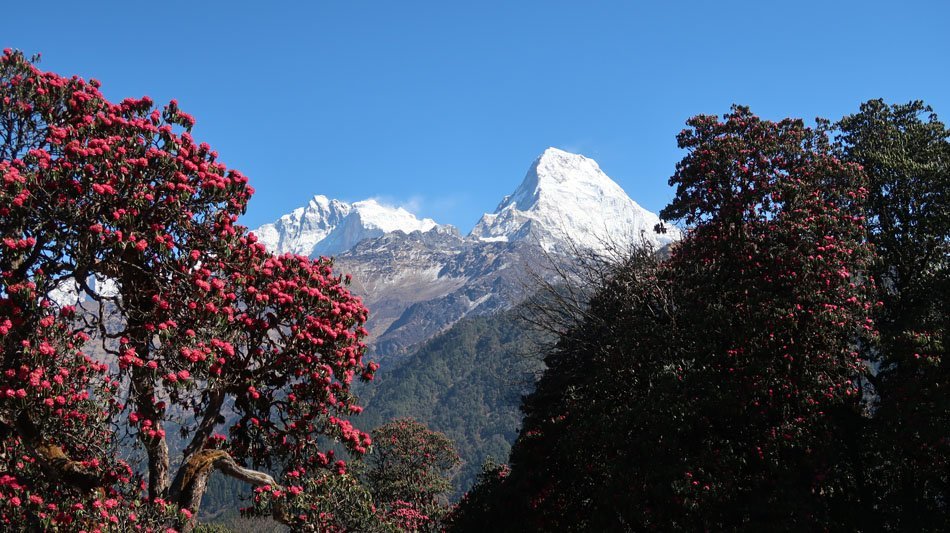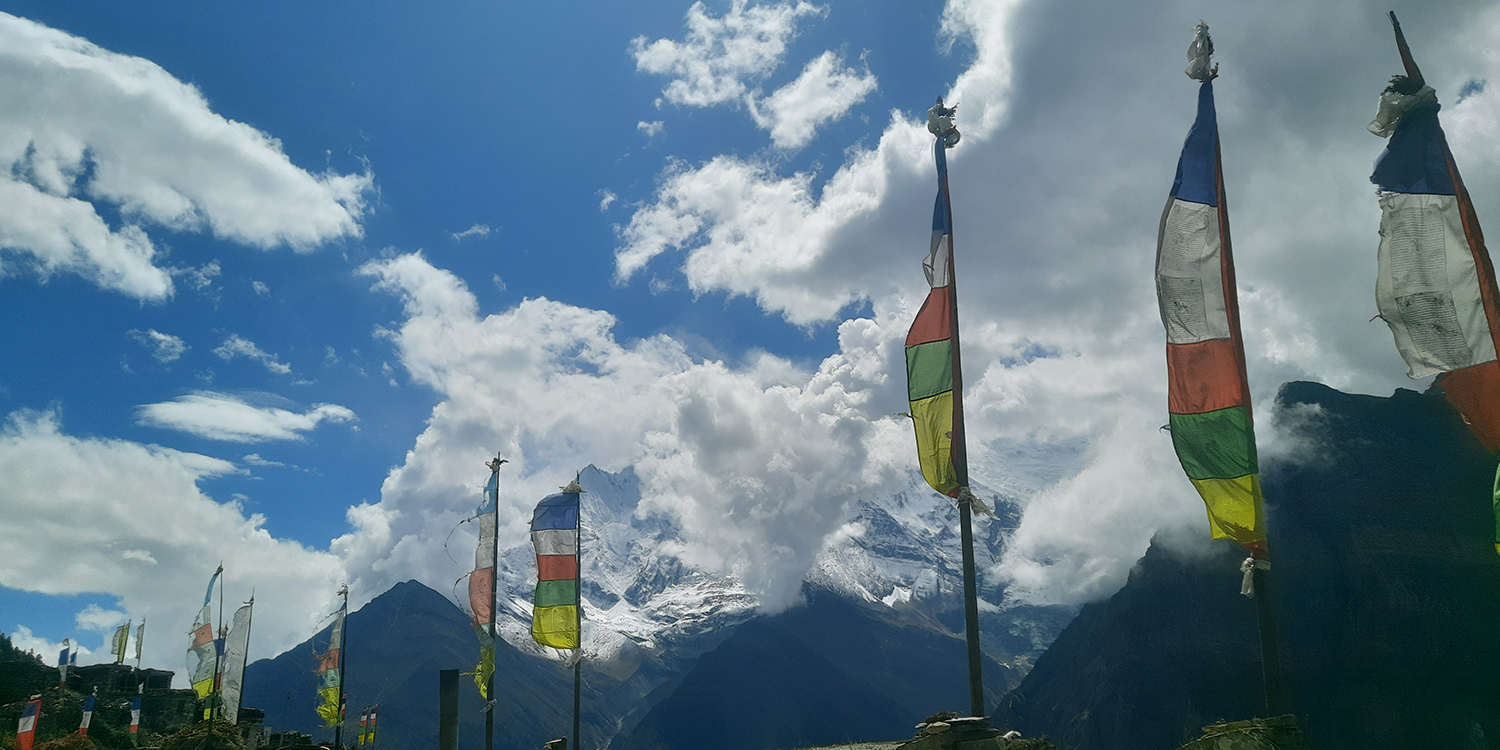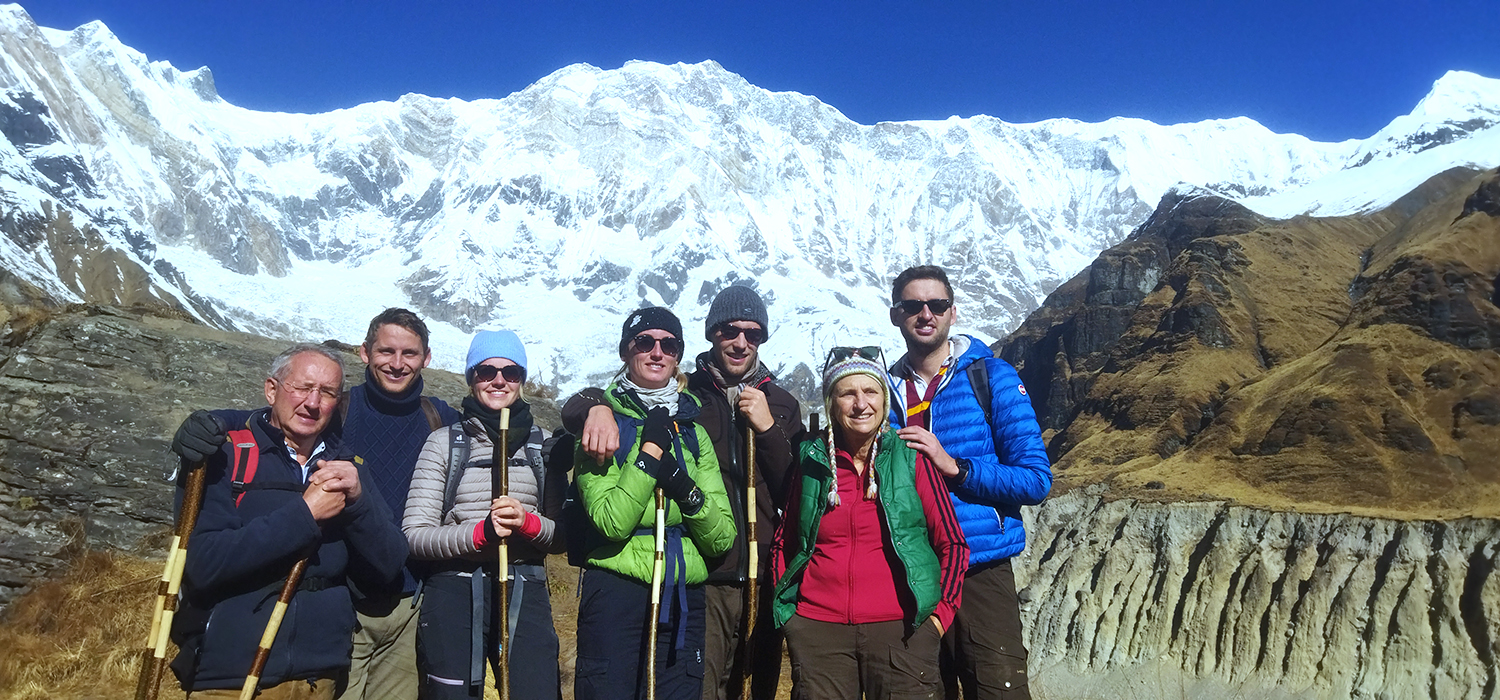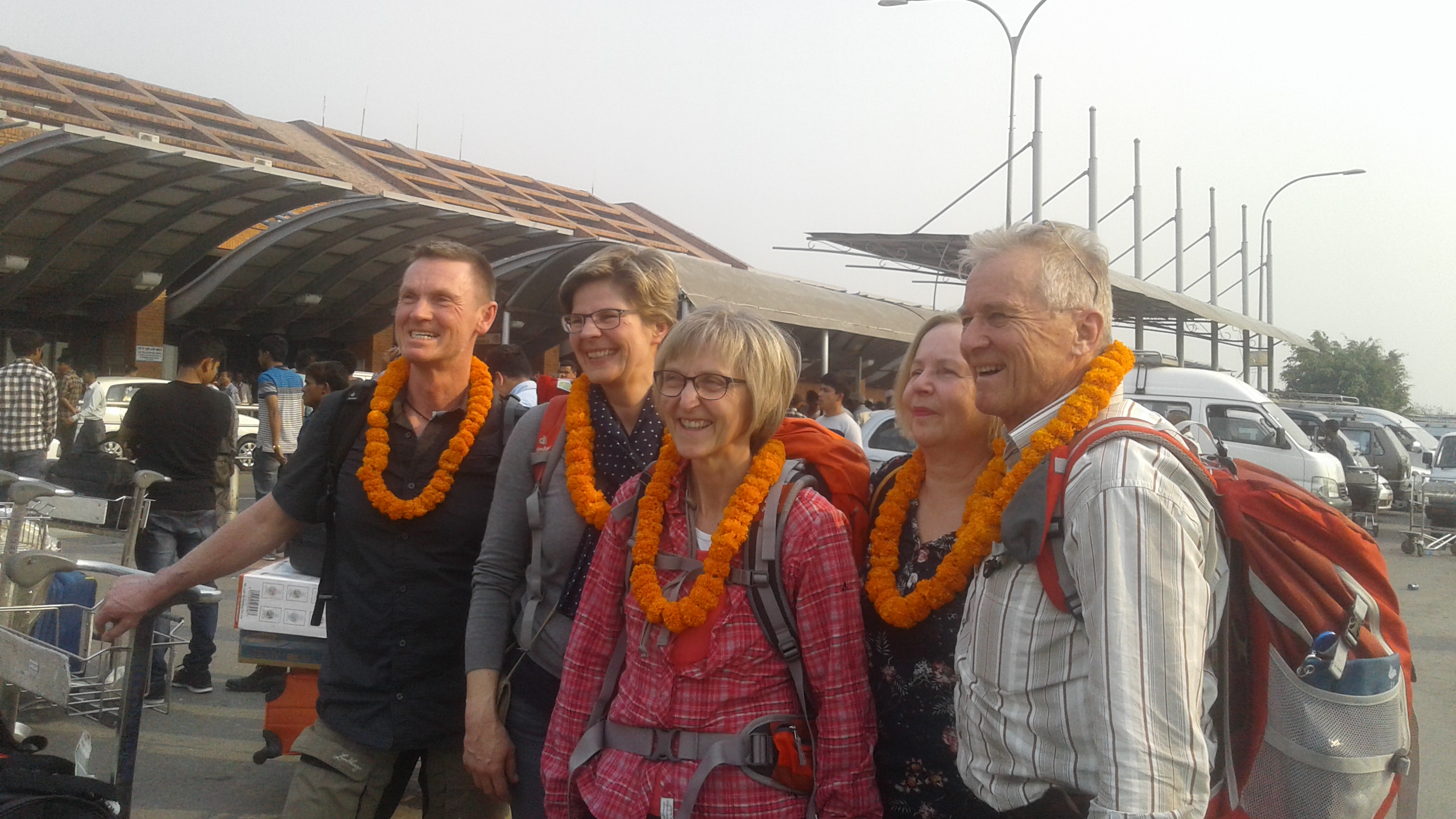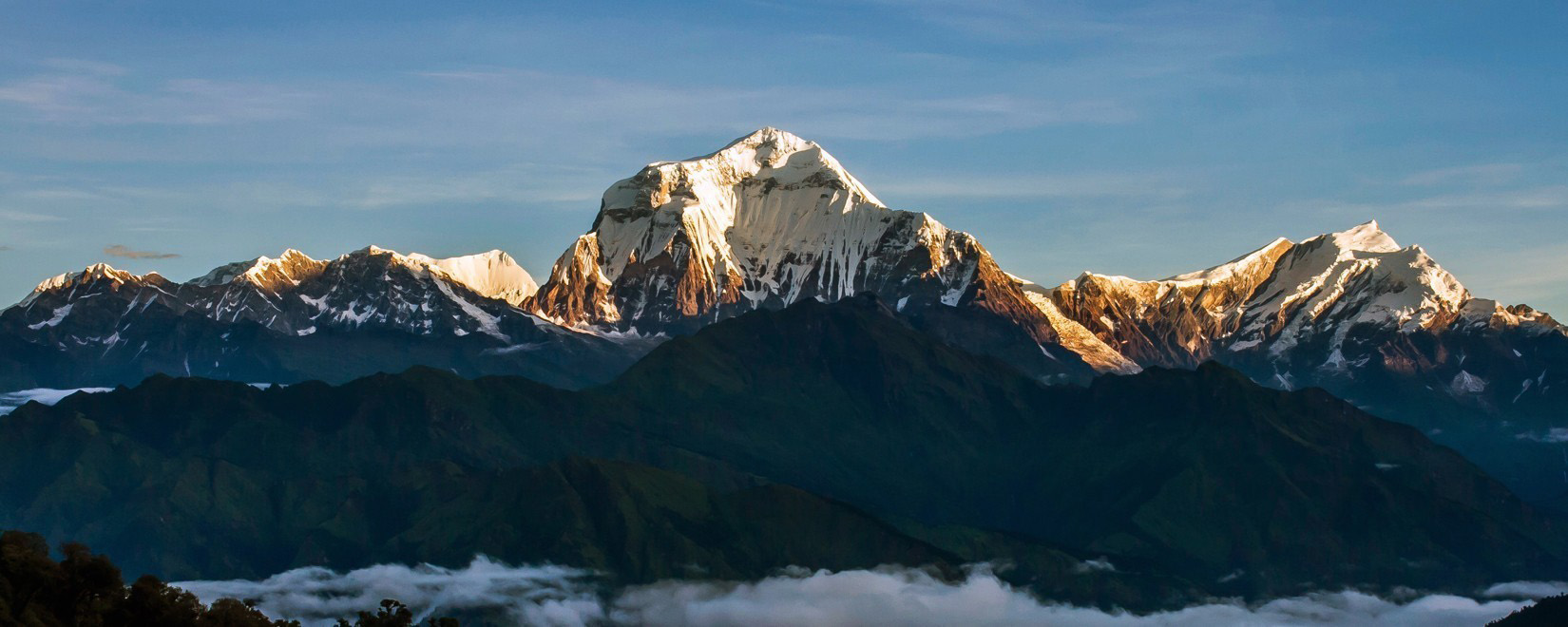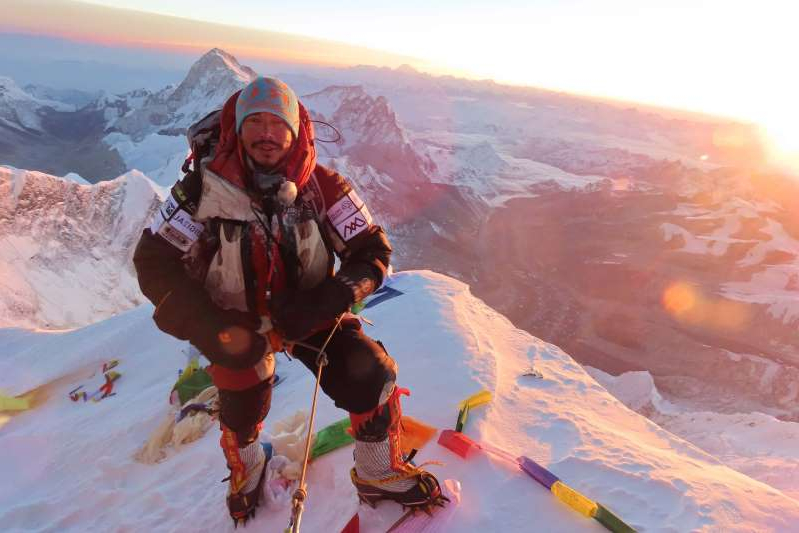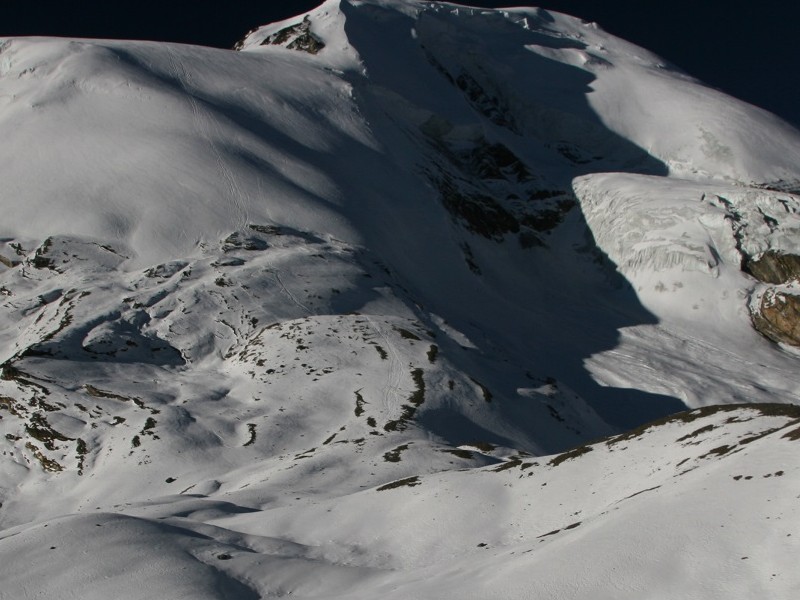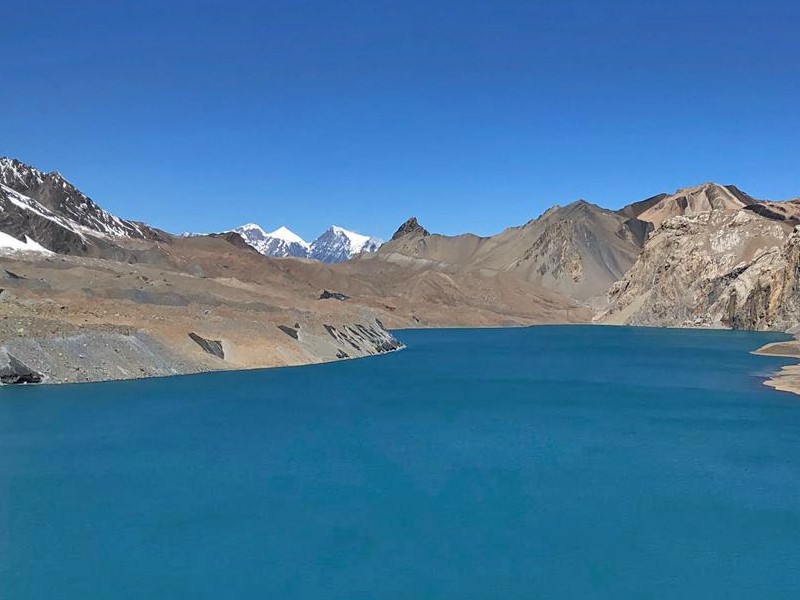Mount Everest climbers to face new rules !
- Tej Pant
To climb the mt. Everest now the Nepal Government has set a new rules which significantly reduce the number of clients, deaths and safety of Everest climbers. In an effort to address deadly human traffic jams on Mount Everest and weed out inexperienced climbers, Nepali officials on Wednesday formally proposed new safety rules that could significantly reduce the number of permits issued for the world’s highest peak. Under the measures, would-be climbers would have to prove that they have scaled another major peak, and tourism companies would be required to have at least three years’ experience organizing high-altitude expeditions before they can lead climbers on Everest, Nepal’s tourism ministry said. To discourage cost-cutting that can put climbers’ lives at risk, the ministry also said that clients of expedition companies would have to prove, before setting out, that they had paid at least $35,000 for the expedition. (A typical total price tag easily surpasses $50,000.) “Everest cannot be climbed just based on one’s wishes,” Yogesh Bhattarai, the tourism minister, said at a news conference. “We are testing their health conditions and climbing skills before issuing climbing permits.” The Department of Tourism released their amended draft of the Mountaineering Expedition Regulation under the Tourism Act in which the following rules were added to the document. Climbers must be accompanied by a guide at all times – no solo climbs. Climbers must have summited a 6,500 meter peak prior to attempting Everest. People over the age of 75 are banned from climbing. People who are blind are banned from climbing. Double amputees are banned from climbing. Helicopter rides over EBC are to be heavily restricted. Sherpas will also get a summit certificate after the climb.
